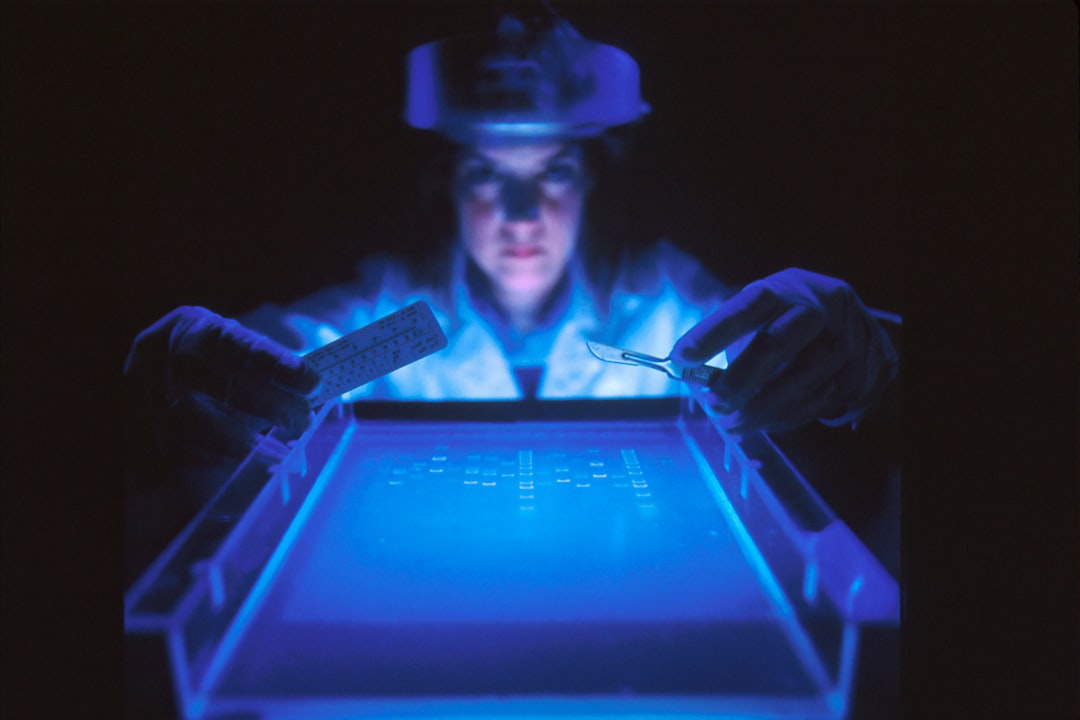- Professional Development
- Medicine & Nursing
- Arts & Crafts
- Health & Wellbeing
- Personal Development
19676 Health courses
CHC43415 CERTIFICATE IV IN LEISURE AND HEALTH
By National College Australia RTO Id 91000
Leisure and Health is a vital part of the broader health care sector. Participating in recreational activities is a wonderful way for older people to engage, interact, learn and maintain a level of enjoyment for life.

NEBOSH Health and Safety Management for Construction (UK) is guided by legislation but focussed on best practice. With an emphasis on practical application, successful learners will be able to: • Recognise, assess and control a range of common construction hazards • Develop safe systems of work • Take part in incident investigations • Advise on the roles, competencies and duties under construction legislation • Positively influence health and safety culture • Confidently challenge unsafe behaviours • Help manage contractors.

Mental Health First Aid (MHFA) awareness is a short course, designed to provide delegates with a basic understanding of mental health and an introduction to Mental Health First Aid. This course raises awareness of mental health issues in the workplace. Learning objectives: What mental health is and how to challenge stigma. A basic knowledge of some common mental health issues. An introduction to looking after your own mental health and maintaining wellbeing. Confidence to support someone in distress or who may be experiencing a mental health issue

The Nebosh General Certificate gives individuals the skills and know-how to complete their health & safety responsibilities within their working environment. It can also be used as a first step in a career within Health & Safety.

Maritime Mental Health Awareness Training: Modules 1 & 2
4.2(46)By International Seafarers' Welfare and Assistance Network
Improve your awareness of mental health and the challenges faced by seafarers, in ISWAN's Maritime Mental Health Awareness training.

MENTAL HEALTH – UNDERSTANDING AND MEETING NEEDS
By Inclusive Solutions
In this course we explore Mental Health and address how such needs can be met in mainstream classrooms. Course Category Behaviour and Relationships Meeting Emotional Needs Description This is our lead workshop/training day on understanding mental health, behaviour and relationship work in schools other settings and is both a values primer and a practical guide to successful innovative strategies for improving behaviour and strengthening relationships for challenging children and young people of all ages. Not just another day on ‘Behaviour Management’ – Our Mental Health Day goes well beyond a rewards and sanctions approach to ‘behaviour’. We will be focused on those young people for whom rewards and punishments do not always work and who confuse the adults who work with them. We aim to take a relationships-based approach and to give those attending an opportunity to think more deeply about why young people do the things they do and what our part as adults is in creating, sustaining and changing these behaviours. The day gives those present opportunities to reflect on their attitudes and practice in relation to children’s behaviour and relationship building. If your usual approaches to managing tackling mental health needs aren’t working with particular individuals then take a tour through this range of cutting edge strategies for bringing about positive behaviour change, and for meeting challenging emotional needs Learning Objectives reinforce and affirm good practice re-energise, stimulate and challenge thinking about inclusion of challenging pupils and children increased understanding of mental health increased confidence in managing challenging pupils in mainstream schools access to a wider range of practical strategies to impact on behaviour problems opportunity to reflect on professional attitudes and behaviour towards mental health in families and pupils Who Is It For ? Anyone concerned with understanding and meeting emotional and mental health needs Course Content Circle of Courage – belonging-achievement-generosity – independence – model for understanding mental health Compass of Anxiety – understanding and going deeper Active listening – Listening to the person underneath the behaviour Involving other children and young people in solutions and interventions - Circles of friends: peer support, counselling and mediation Team Problem Solving – Solution Circles: a 30 minute group problem solving process to get Teams ‘unstuck’ and to generate positive first action steps Restorative justice and restitution: principles and practice of this approach to repairing harm and restoring relationships without reliance on punishment Understanding the effects of Separation, Loss, Trauma and Neglect on children’s learning and relationships in school and what adults can do to reach and support these children

Level 5 Diploma in Health & Social Care
By Egraduate College
Become a qualified Healthcare Support Worker in 6 months, 100% online with live interactive lessons and dedicated tutor support. Flexible payments.

Search By Location
- Health Courses in London
- Health Courses in Birmingham
- Health Courses in Glasgow
- Health Courses in Liverpool
- Health Courses in Bristol
- Health Courses in Manchester
- Health Courses in Sheffield
- Health Courses in Leeds
- Health Courses in Edinburgh
- Health Courses in Leicester
- Health Courses in Coventry
- Health Courses in Bradford
- Health Courses in Cardiff
- Health Courses in Belfast
- Health Courses in Nottingham

